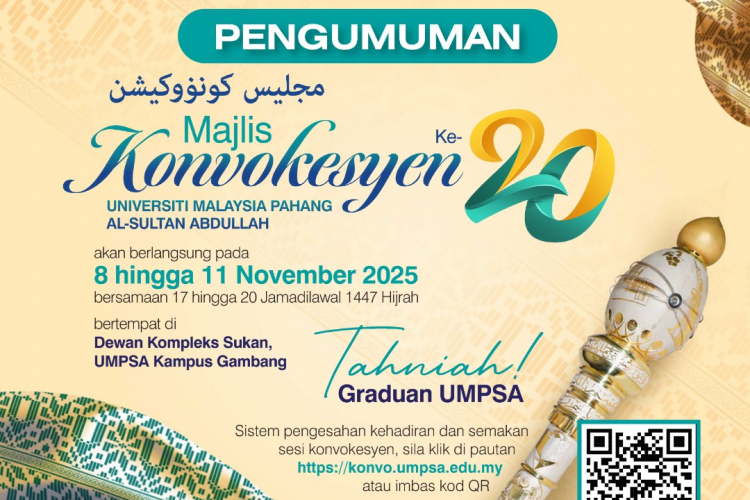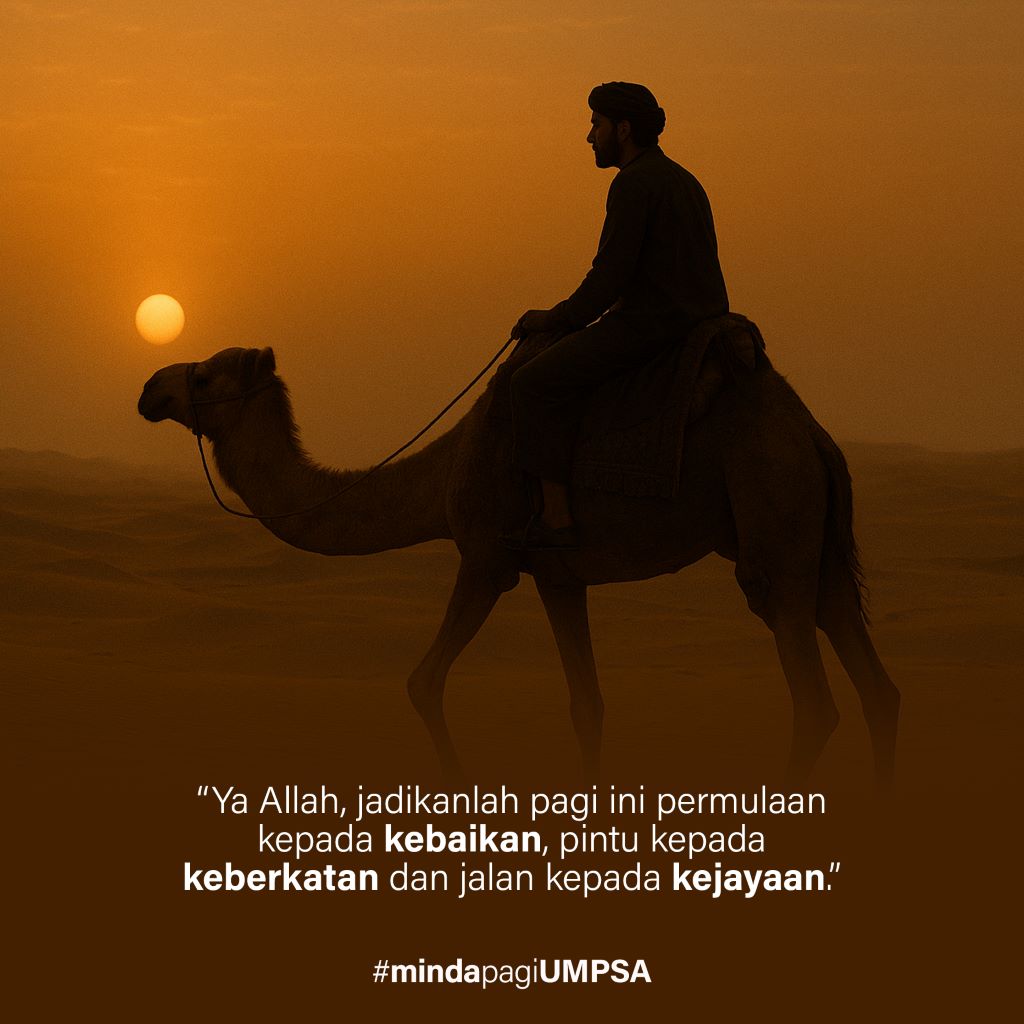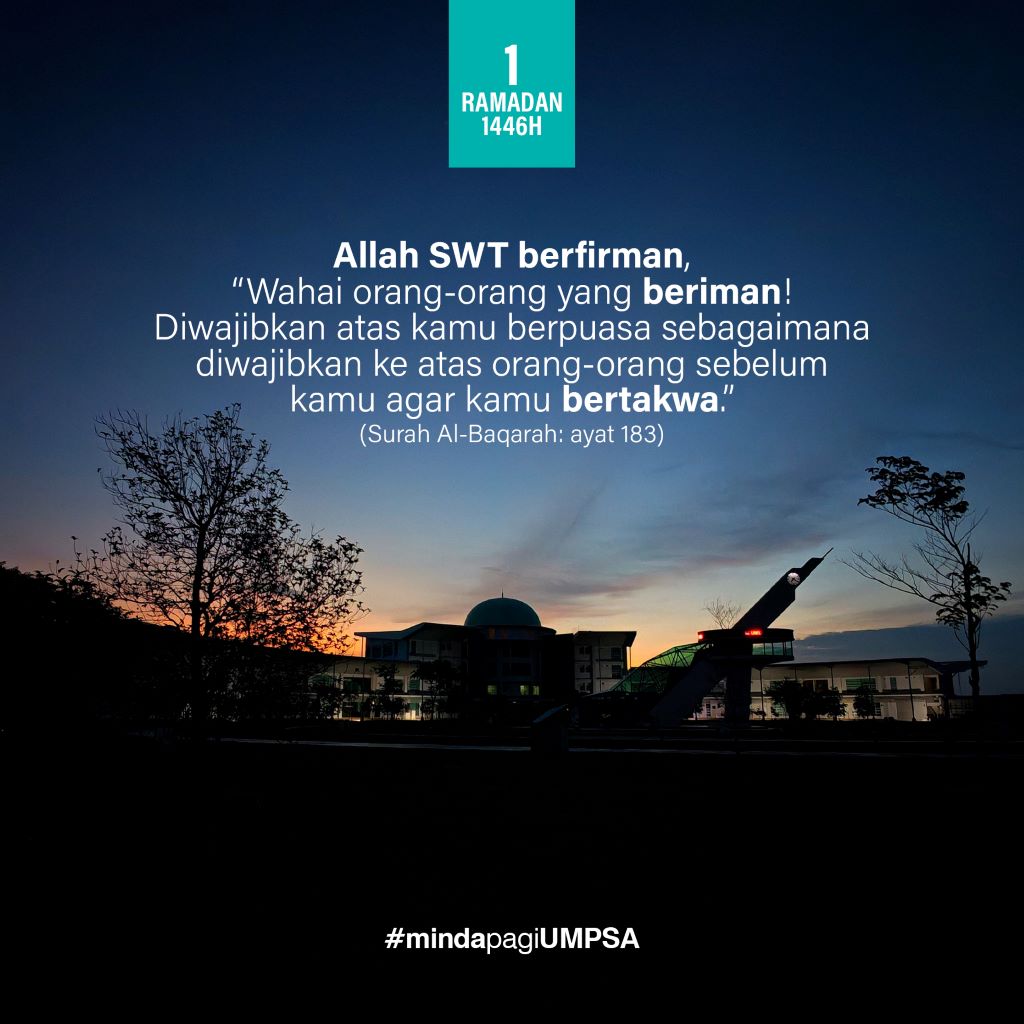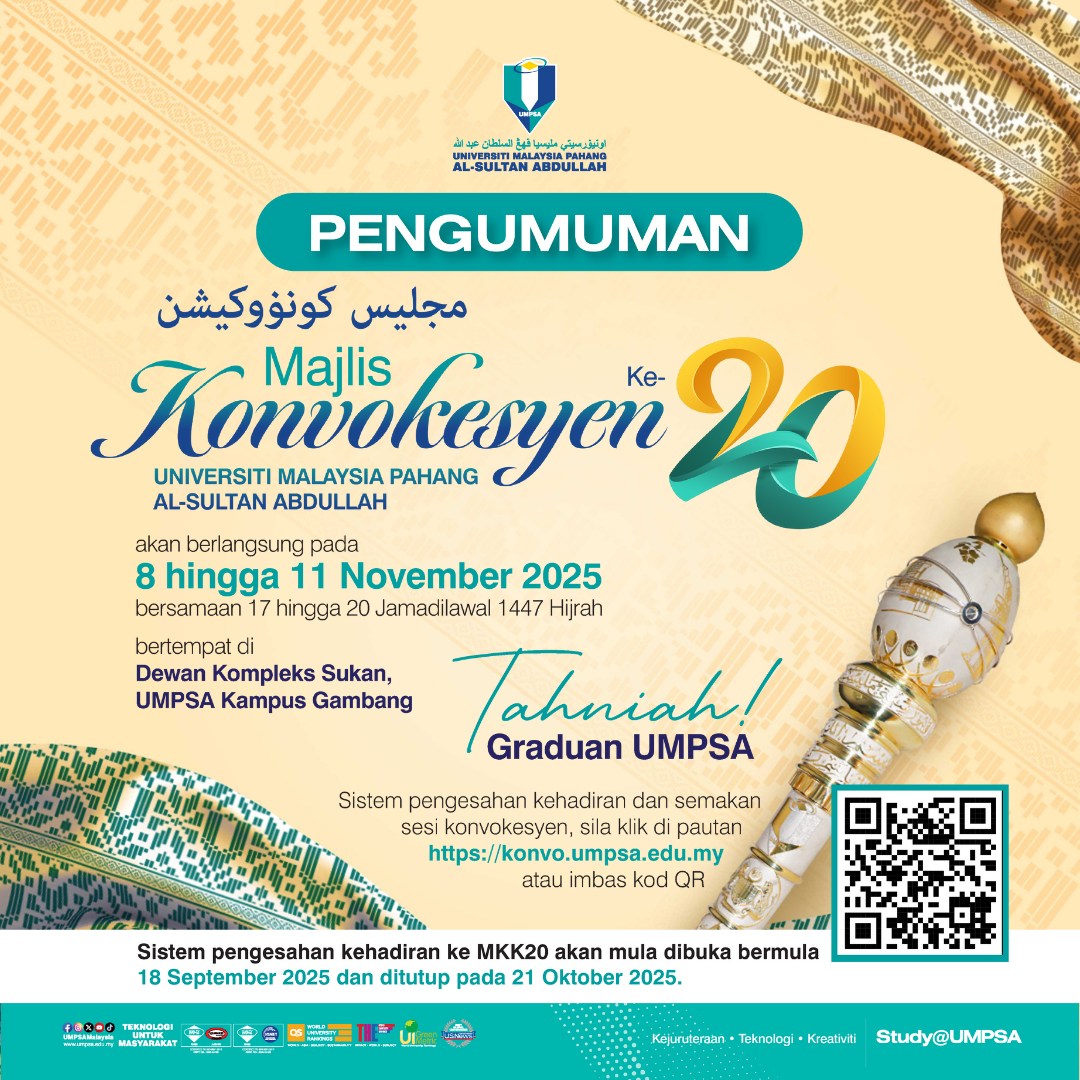SMK Gudang Rasau student creates I-Bracealert to prevent dozing off in class, wins gold and Special Award at CITREX 2025
GAMBANG, 19 June 2025 – To address the issue of students frequently falling asleep during lessons and examinations, a group of young researchers from Sekolah Menengah Kebangsaan (SMK) Gudang Rasau Kuantan, Husna Aqilah Mohd Zaidi, Nurkyreen Khairil Shuhaidi, and Iris Marissa Mazman, developed I-Bracealert, which won a gold medal and Special Award at the Creation, Innovation, Technology and Research Exposition (CITREX) 2025 held from 18 to 19 June 2025 at the Sports Complex Hall, UMPSA Gambang Campus.
The research was also guided by SMK Gudang Rasau teacher, Che Siti Asmah Norsusilawati Che Ahmad.
According to Che Siti Asmah, the study began in June last year and was completed up to the prototype stage in June this year.
“The idea for this research came about when we found that the issue of students sleeping was increasingly prevalent from the front classes to the back ones, especially during exam season.
“We conducted a survey in May last year, during the mid-year examinations, and the results were very telling.
“We began building the first prototype in May 2024 and then refined the product until it was fully completed in June 2025,” she said.
She added that the first prototype used a wired connection between the Bracealert and the pen sensor, but for the second prototype, they developed it using wireless technology, specifically infrared (IR).
“This research also received cooperation from a lecturer at the Faculty of Manufacturing and Mechatronics Engineering Technology (FTKPM) UMPSA, Dr Ahmad Najmuddin Ibrahim, who is also the Head of Programme of the Bachelor of Technology in Mechatronics Engineering (Robotics), FTKPM.
“We realised that to produce a more complex project like this, we needed expertise in programming.
“Our students have only learned the basics of microcontroller programming in the Year 3 Design and Technology subject, and it is still very basic,” she said.
Che Siti Asmah explained that Dr Ahmad Najmuddin was very supportive of the idea and helped them from the beginning.
“We started with an Arduino workshop at UMPSA Pekan, and there were also online sessions and YouTube tutorials with Dr Ahmad Najmuddin to learn programming.
“He also came to the school several times to help us physically build the hardware.
“Without the support of the Principal of SMK Gudang Rasau, Hajah Haniliza Sulaiman, who was also involved in seminars with Dr Ahmad Najmuddin, this research might not have become a reality,” she said.
She further stated that students are not allowed to wear smartwatches at school, so they created I-Bracealert as an alternative.
“It consists of two parts, the body controller and the pen sensor, which function using infrared technology to send signals between the two components, and it has two modes: manual and auto.
“When using manual mode, we can select the duration, such as short, medium, or long.
“For example, if we press the short button and the pen is not used for three seconds, the device will vibrate because it assumes the user has fallen asleep,” she explained.
She added that this duration can be modified through programming codes according to needs.
“What is more interesting is the auto mode, because in this mode, the device can analyse pen usage patterns and will vibrate automatically as needed.
“It does not require a preset time because pen usage patterns differ when someone is writing an essay, answering objective questions, drawing, or doing Mathematical calculations.
“To our knowledge, there is no other device with such a function, because usually, a smartwatch can only be set to vibrate after a certain period, such as one hour, while someone might have already fallen asleep several times within that hour,” she said.
“This is the unique feature of the I-Bracealert we developed.
“Besides that, the device can recognise its pair through a preset code and uses a rechargeable and long-lasting lithium polymer battery.
“We hope this prototype can be further developed into a marketable product and ultimately help address the issue of students falling asleep in school.
“We have also discussed with Dr Ahmad Najmuddin about converting this prototype into a PCB circuit board after enhancing the programming code and producing a more formal product,” she added.
She said that for now, no external agencies are involved, and there is no grant funding for this project as it was conducted independently.
“The actual cost of this product cannot yet be determined because it is still at the prototype stage.
“Following this victory, we intend to seek funding or financial support to help bring this product to the next level, that is, producing a finalised product and eventually commercialising it for the benefit of the community,” she said.
By: Nur Hartini Mohd Hatta, Centre for Corporate Communications
Translation by: Dr. Rozaimi Abu Samah, UMPSA Press
- 48 views


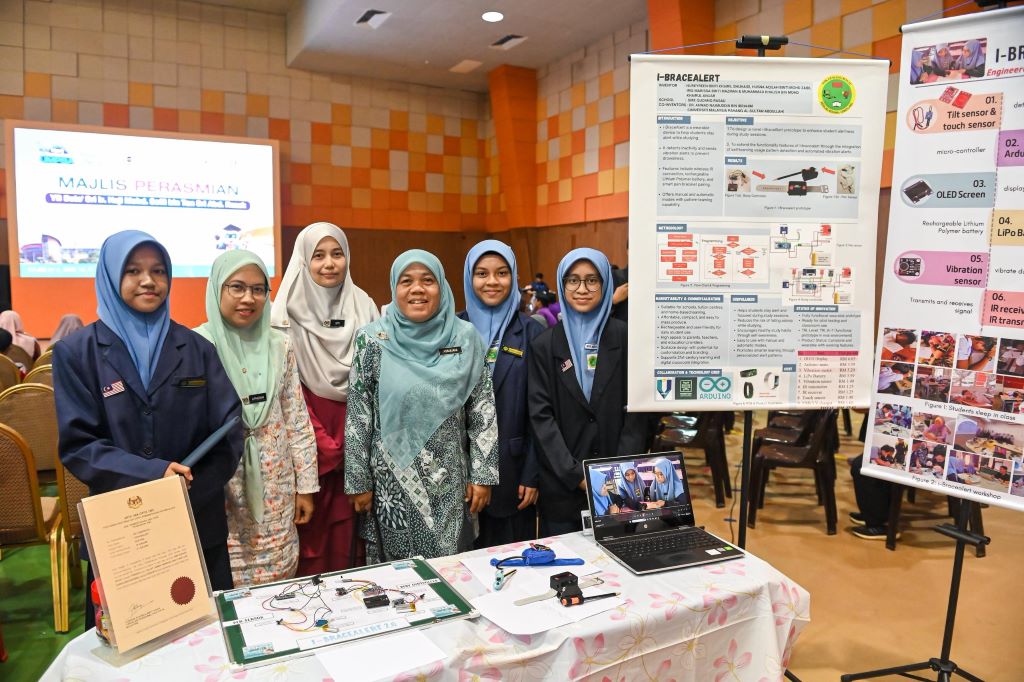
 Reports by:
Reports by: 